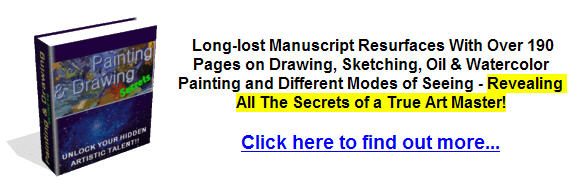Introduction To Oil Painting Techniques
Oil Painting is a skill that many people use to express their feelings, as well as helping them relax and observe the world around them. There are different techniques used in painting, however seasoned painters or professional recommend that beginners start with using water colors before they can venture into the more intricate oil colors. Oil painting was common among renaissance art masters, and today it allows artists numerous possibilities with their skill. Some of the techniques used in oil painting are effortless, while others require extra practice to master. Duo tone oil painting technique This is where you use more than one shade of the same color, emphasizing one color while adding a variety of shades. There are different ways in which you can add the colors and blend them using this technique. The first method begins with a darker shade at the base and you gradually add the lighter shades of the base using either a brush roller or sponge. The effect you get is that of depth and motion. Textured oil painting Adding texture or graining a piece of art is a technique commonly used by many artists to give the finished piece a three-dimensional feel. You can accomplish this with textured rollers or other tools available in art stores like a stiff brush to raise the paint or dabbing with a sponge. Creative painting Artistic or creative oil painting is a technique effectively used in painting pieces of art as well as home painting. Some of the techniques used in artistic painting are dry brushing, wet on wet washing and under painting. The techniques are easy for new painters. Fat over lean painting Fat over lean painting is a basic oil painting technique. The method stands out in the drying times. Paint straight from the tube or fat paint is first applied and dries slower than thinned paint or paint mixed with turpentine. The rule to remember here to avoid cracking is that each layer applied must be thicker than the one below it. Glazing This is a painting method where the painter paints thin or transparent oil colors over a dried under painting. Usually a darker color goes over a thinner lighter one and each layer needs to dry sufficiently before additional colors can be included. This produces wonderful effects. Direct painting or Alla Prima This is a technique where the painter paints directly on to the canvas without any under painting. The painter completes the work in a single sitting and without waiting for the paint to dry. This technique is popular among contemporary painters. However, it requires extensive skill as well as certainty of what the painter is doing. A beginner may mess when they are starting, however they gain confidence and skill along the way. Wet into Wet painting This is where the painter adds fresh paint onto the existing paint layer, also known as blending. Palette Knife Painting Palette knives have more uses than mixing colors. They are also useful in creating impasto effects, which is very rewarding and exciting to a painter. Scumbling This is similar to glazing only that it is the opposite. This is where a light or thin layer of opaque paint goes over a layer of darker paint.
| ||
|


Master the Colours DVD...

|
Although every attempt has been made to make information as accurate as possible, we are not responsible for any errors that may appear.
© Copyright 2015, OilPaintingTechniquesLessons.com. All Rights Reserved.





